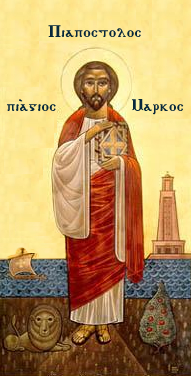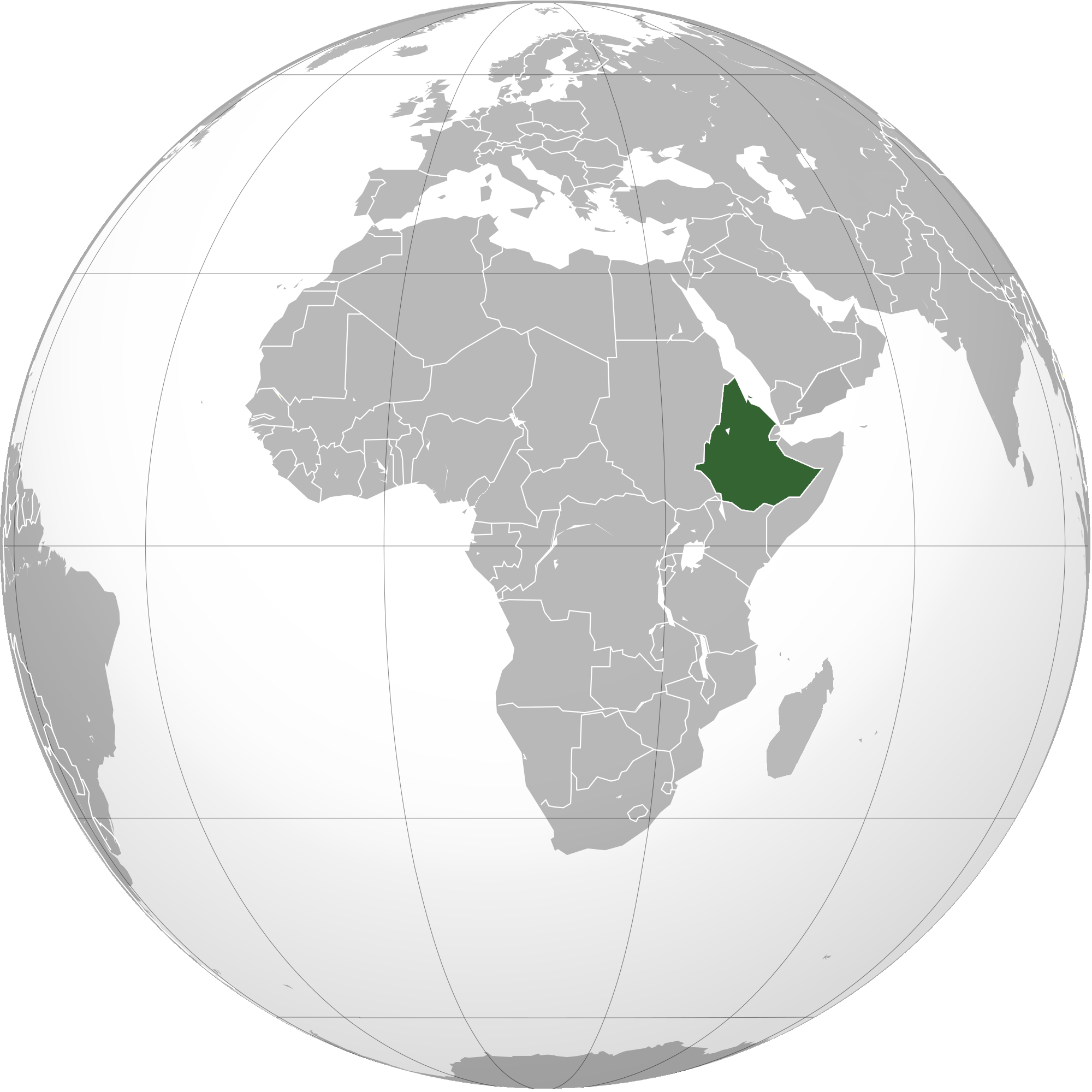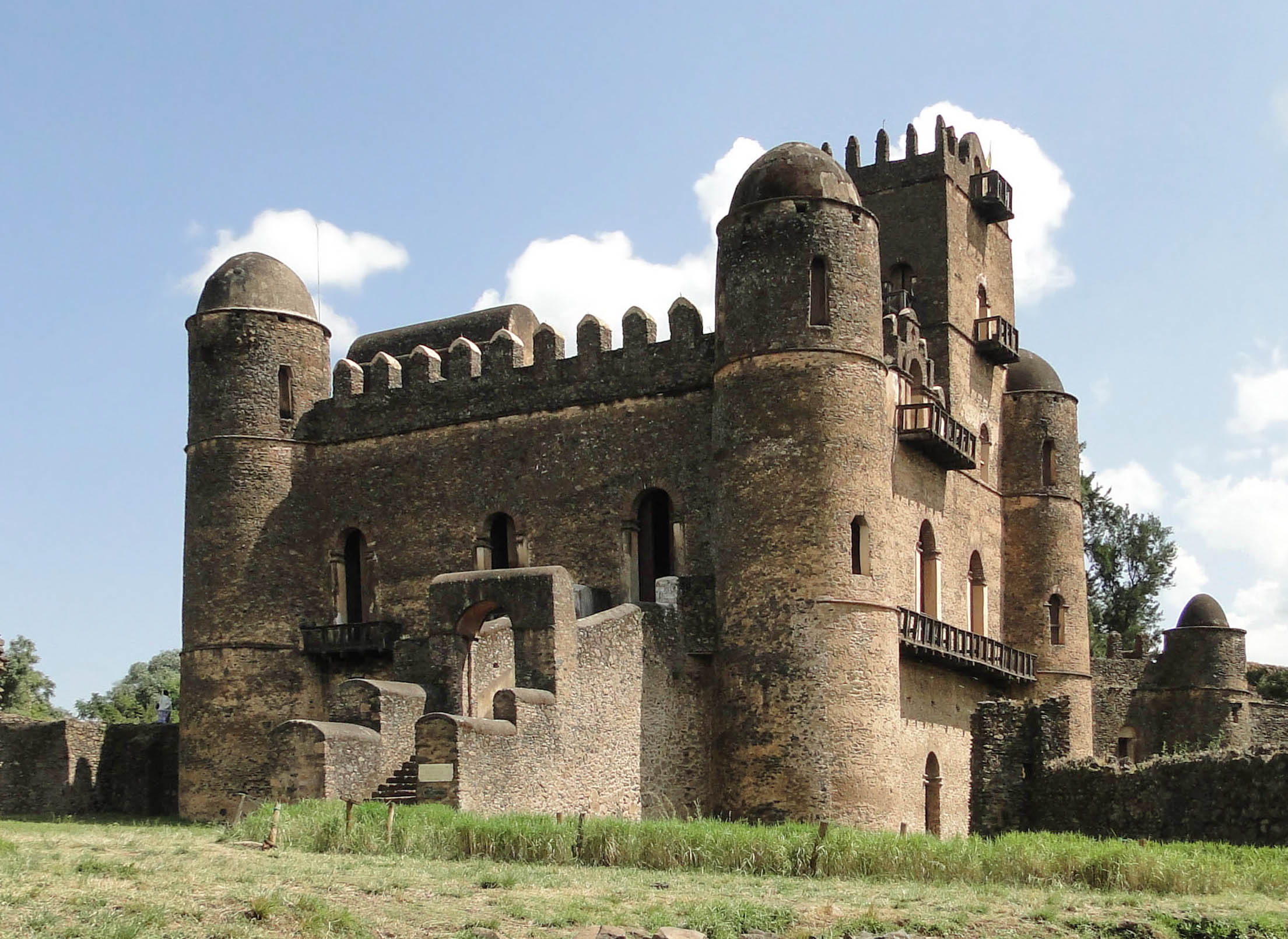|
Greeks In Ethiopia
Ethiopian Greeks, or Greeks in Ethiopia, are Greeks, ethnic Greeks from Ethiopia. Today they number about 500 persons and can be traced back to ancient history. They are mainly located in the capital, Addis Ababa, and the city of Dire Dawa. History The name Aethiopia, Ethiopia itself is Greek and means "of burned face". It is first attested in the Homeric epics but it is unlikely to have referred to any particular nation, but rather, to people of African descent in general. Beginning in the Hellenistic age around the third century BC, Greek culture permeated the regions of ancient Ethiopia. Greeks established colonies in Ethiopia, with Ptolemais Theron and Axum becoming major capitals of Ethiopian Greek culture. In the second century BC, Ptolemy III Euergetes annexed several northern Ethiopian cities such as Tigray Province, Tigray and the port of Adulis, which became major trading hubs for Ethiopian Greeks. Axumites of Ethiopia After the Romans annexed the Ptolemaic Empire, ... [...More Info...] [...Related Items...] OR: [Wikipedia] [Google] [Baidu] |
Addis Ababa
Addis Ababa (; ,) is the capital city of Ethiopia, as well as the regional state of Oromia. With an estimated population of 2,739,551 inhabitants as of the 2007 census, it is the largest city in the country and the List of cities in Africa by population, eleventh-largest in Africa. Addis Ababa is a highly developed and important cultural, artistic, financial and administrative center of Ethiopia. It is widely known as one of Africa's major capitals. The founding history of Addis Ababa dates back to the late 19th century by Menelik II, Negus of Shewa, in 1886 after finding Mount Entoto unpleasant two years prior. At the time, the city was a resort town; its large mineral spring abundance attracted nobilities of the empire and led them to establish permanent settlement. It also attracted many members of the working classes – including artisans and merchants – and foreign visitors. Menelik II then formed his Menelik Palace, imperial palace in 1887. Addis Ababa became the em ... [...More Info...] [...Related Items...] OR: [Wikipedia] [Google] [Baidu] |
Adulis
Adulis (Sabaic, Sabaean: 𐩱 𐩵 𐩡 𐩪, , ) was an ancient city along the Red Sea in the Gulf of Zula, about south of Massawa. Its ruins lie within the modern Eritrean list of cities in Eritrea, city of Zula. It was the emporium (antiquity), emporium considered part of the D’mt and the Kingdom of Aksum. It was close to Ancient Greece, Greece and the Byzantine Empire, with its luxury goods and trade routes. Its location can be included in the area known to the ancient Egyptians as the Land of Punt, perhaps coinciding with the locality of ''Wddt'', recorded in the geographical list of the Eighteenth Dynasty of Egypt. History Archeological excavations conducted at Adulis unearthed the existence of a late prehistoric settlement beneath the town, dating from the mid-2nd to early 1st millennium BCE. Adulis may correspond to ''Wddt'', a region recorded in the geographical lists of Egypt’s 18th dynasty (ca. 1450 BCE) as part of the Land of Punt. Pliny the Elder is the earlies ... [...More Info...] [...Related Items...] OR: [Wikipedia] [Google] [Baidu] |
Patriarchate Of Alexandria
The Patriarch of Alexandria is the archbishop of Alexandria, Egypt. Historically, this office has included the designation "pope" (etymologically "Father", like "Abbot"). The Alexandrian episcopate was revered as one of the three major episcopal sees (along with Rome and Antioch) before Constantinople and Jerusalem were granted similar status (in 381 and 451, respectively). Alexandria was elevated to ''de facto'' archiepiscopal status by the Councils of Alexandria, and this status was ratified by Canon Six of the First Council of Nicaea, which stipulated that all the Egyptian episcopal provinces were subject to the metropolitan see of Alexandria In the sixth century, these five archbishops were formally granted the title of " patriarch" and were subsequently known as the Pentarchy. Due to several schisms within Christianity, the title of the Patriarch of Alexandria is currently claimed by different churches (two of which are part of the Catholic Church) and held respecti ... [...More Info...] [...Related Items...] OR: [Wikipedia] [Google] [Baidu] |
Tewodros II
Tewodros II (, once referred to by the English cognate Theodore; baptized as Kassa, – 13 April 1868) was Emperor of Ethiopia from 1855 until his death in 1868. His rule is often placed as the beginning of modern Ethiopia and brought an end to the decentralized Zemene Mesafint (Era of the Princes). Although Tewodros II's origins were in the Era of the Princes, his ambitions were not those of the regional nobility. He sought to re-establish a cohesive Ethiopian state and to reform its administration and church. Tewodros II's first task after having reunited the other provinces was to bring Shewa under his control. During the Era of the Princes, Shewa was, even more than most provinces, an independent entity, its ruler even styling himself Negus, the title for King. In the course of subduing the Shewans, Tewodros took with him a Shewan prince, Sahle Maryam, who he brought up as his own son, who would later become Emperor (or Atse) himself as Menelik II. Despite his success again ... [...More Info...] [...Related Items...] OR: [Wikipedia] [Google] [Baidu] |
Emperor Of Ethiopia
The emperor of Ethiopia (, "King of Kings"), also known as the Atse (, "emperor"), was the hereditary monarchy, hereditary ruler of the Ethiopian Empire, from at least the 13th century until the abolition of the monarchy in 1975. The emperor was the head of state and head of government, with ultimate executive power, executive, judicial power, judicial and legislative power in that country. A ''National Geographic'' article from 1965 called Imperial Ethiopia "nominally a constitutional monarchy; in fact it was a benevolent dictatorship, benevolent autocracy". Title and style The title "King of Kings", often rendered imprecisely in English as "emperor", dates back to ancient Mesopotamia, but was used in Aksumite Empire, Axum by King Sembrouthes (). However, Yuri Kobishchanov dates this usage to the period following the Persian Empire, Persian victory over the Roman Empire, Romans in 296–297. The most notable pre-Solomonic usage of the title "Negusa Nagast" was by Ezana of Ax ... [...More Info...] [...Related Items...] OR: [Wikipedia] [Google] [Baidu] |
Abyssinian Empire
The Ethiopian Empire, historically known as Abyssinia or simply Ethiopia, was a sovereign state that encompassed the present-day territories of Ethiopia and Eritrea. It existed from the establishment of the Solomonic dynasty by Yekuno Amlak around 1270 until the 1974 Ethiopian coup d'état, 1974 coup d'état by the Derg, which ended the reign of the final Emperor, Haile Selassie. In the late 19th century, under Emperor Menelik II, the Menelik II's conquests, empire expanded significantly to the south, and in 1952, Federation of Ethiopia and Eritrea, Eritrea was federated under Selassie's rule. Despite being surrounded by hostile forces throughout much of its history, the empire maintained a kingdom centered on its Orthodox Tewahedo, ancient Christian heritage. Founded in 1270 by Yekuno Amlak, who claimed to descend from the last Kingdom of Aksum, Aksumite king and ultimately King Solomon and the Queen of Sheba, it replaced the Agaw people, Agaw Zagwe Kingdom, kingdom of the Za ... [...More Info...] [...Related Items...] OR: [Wikipedia] [Google] [Baidu] |
Iyasu II Of Ethiopia
Iyasu II ( Ge'ez: ኢያሱ; 21 October 1723 – 27 June 1755), throne name Alem Sagad ( Ge'ez: ዓለም ሰገድ), was Emperor of Ethiopia from 1730 to 1755, and a member of the Solomonic dynasty. He was the son of Emperor Bakaffa and Empress Mentewab (also known by her baptismal name of Welete Giyorgis). The Empress Mentewab played a major role in Iyasu's reign, perhaps against her will. Shortly after he was proclaimed Emperor, a rival claimant assaulted the Royal Enclosure for eight days, only leaving the capital Gondar when an army of 30,000 from Gojjam appeared. Although the rebels failed to penetrate its walls, much of Gondar was left in ruins. Instead of taking the title of regent upon the succession of her underage son, Empress Mentewab had herself crowned as co-ruler, becoming the first woman to be crowned in this manner in Ethiopian history. Empress Mentewab wielded significant authority throughout the reign of her son, and well into the reign of her grandson a ... [...More Info...] [...Related Items...] OR: [Wikipedia] [Google] [Baidu] |
Gondar
Gondar, also spelled Gonder (Amharic: ጎንደር, ''Gonder'' or ''Gondär''; formerly , ''Gʷandar'' or ''Gʷender''), is a city and woreda in Ethiopia. Located in the North Gondar Zone of the Amhara Region, Gondar is north of Lake Tana on the Lesser Angereb River and southwest of the Simien Mountains. , Gondar has an estimated population of 443,156. Gondar previously served as the capital of both the Ethiopian Empire and the subsequent Begemder Province. The city holds the remains of several royal castles, including those in the Fasil Ghebbi UNESCO World Heritage Site for which Gondar has been called the " Camelot of Africa". History Origins The term Gondar was first mentioned during the reign of Amda Seyon I as the name of a regiment of soldiers stationed (likely in Wegera) to guard nearby trade routes and control a restive population. In 1636, Emperor Fasilides selected Gondar as his '' katama'' (royal camp). Situated about 35 km due north of Lake Tana in t ... [...More Info...] [...Related Items...] OR: [Wikipedia] [Google] [Baidu] |
Smyrna
Smyrna ( ; , or ) was an Ancient Greece, Ancient Greek city located at a strategic point on the Aegean Sea, Aegean coast of Anatolia, Turkey. Due to its advantageous port conditions, its ease of defence, and its good inland connections, Smyrna rose to prominence. Since about 1930, the city's name has been İzmir. Two sites of the ancient city are today within İzmir's boundaries. The first, probably founded by indigenous peoples, rose to prominence during the Archaic period in Greece, Archaic Period as one of the principal ancient Greek settlements in western Anatolia. The second, whose foundation is associated with Alexander the Great, reached metropolitan proportions during the period of the Roman Empire. Most of the ancient city's present-day remains date to the Roman era, the majority from after a 2nd-century AD earthquake. In practical terms, a distinction is often made between these. ''Old Smyrna'' was the initial settlement founded around the 11th century BC, first as an ... [...More Info...] [...Related Items...] OR: [Wikipedia] [Google] [Baidu] |
James Bruce
James Bruce of Kinnaird (14 December 1730 – 27 April 1794) was a Scottish traveller and travel writer who physically confirmed the source of the Blue Nile. He spent more than a dozen years in North and East Africa and in 1770 became the first European to trace and document the course of the Nile by following it upstream from Egypt through Sudan to its origins in the Blue Nile in Ethiopia. Early life James Bruce was born at the family seat of Kinnaird, Stirlingshire, and educated at Harrow School and Edinburgh University. He began to study for the bar, but his marriage to the daughter of a wine importer and merchant resulted in him entering that business instead. His wife died in October 1754, within nine months of marriage, and Bruce thereafter travelled in Portugal and Spain as part of the wine trade. The examination of oriental manuscripts at the Escorial in Spain led him to the study of Arabic and Geʽez and determined his future career. In 1758, his father's death ... [...More Info...] [...Related Items...] OR: [Wikipedia] [Google] [Baidu] |
Axumite Empire
The Kingdom of Aksum, or the Aksumite Empire, was a kingdom in East Africa and South Arabia from classical antiquity to the Middle Ages, based in what is now northern Ethiopia and Eritrea, and spanning present-day Djibouti and Sudan. Emerging from the earlier Dʿmt civilization, the kingdom was founded in the first century. The city of Axum served as the kingdom's capital for many centuries until it relocated to Kubar in the ninth century due to declining trade connections and recurring invasions. The Kingdom of Aksum was considered one of the four great powers of the third century by the Persian prophet Mani, alongside Persia, Rome, and China. Aksum continued to expand under the reign of Gedara (), who was the first king to be involved in South Arabian affairs. His reign resulted in the control of much of western Yemen, such as the Tihama, Najran, al-Ma'afir, Zafar (until ), and parts of Hashid territory around Hamir in the northern highlands until a joint Himyarite- ... [...More Info...] [...Related Items...] OR: [Wikipedia] [Google] [Baidu] |










